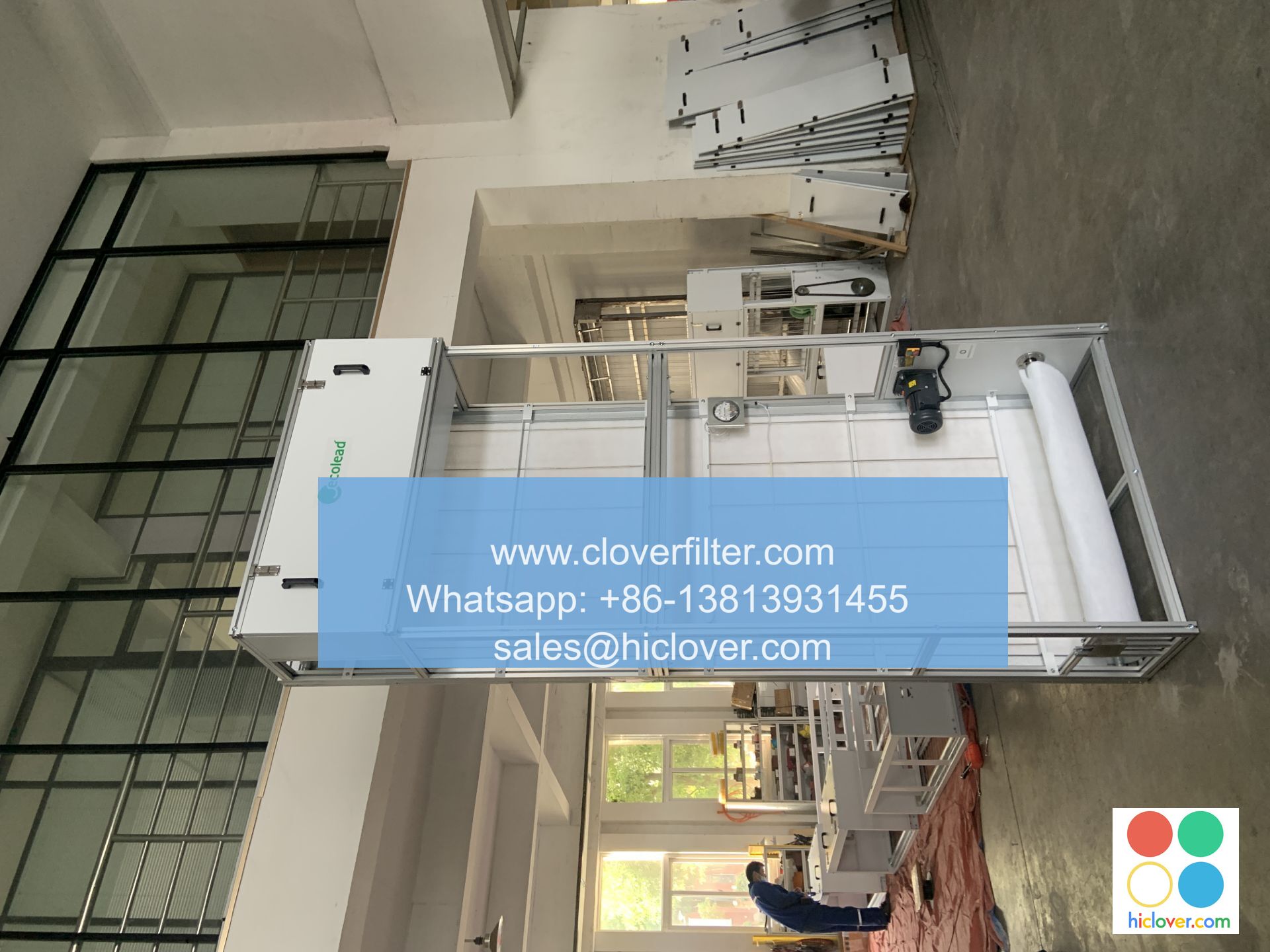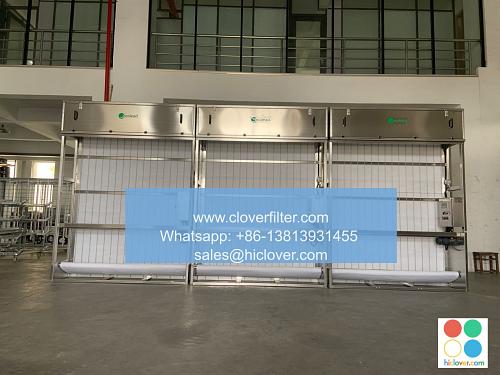Air Filter for Specific Features

Introduction to Air Filters
Air filters are an essential component in maintaining good indoor air quality and ensuring the efficient operation of heating, ventilation, and air conditioning (HVAC) systems, as well as air purifiers and cleaning devices. These filters are designed to capture airborne particles, such as dust, pollen, and other contaminants, thereby improving the health and comfort of building occupants. In this article, we will explore the specific features of air filters, their applications, and the benefits they offer in various settings.
Types of Air Filters and Their Features
There are several types of air filters available, each with its unique features and applications. Some of the most common types include:
- HEPA (High Efficiency Particulate Air) Filters: These filters are capable of capturing 99.97% of particles as small as 0.3 microns, making them ideal for use in hospitals, laboratories, and other settings where high levels of air purity are required.
- Activated Carbon Filters: These filters are designed to capture gases, odors, and chemicals, making them effective in removing volatile organic compounds (VOCs) and other pollutants from the air.
- Electrostatic Filters: These filters use electrostatic charges to attract and capture particles, making them a popular choice for use in residential and commercial HVAC systems.
- Washable Filters: These filters can be cleaned and reused, making them a cost-effective option for use in air purifiers and other devices.
- Residential HVAC Systems: Air filters are used to improve indoor air quality and reduce the risk of respiratory problems in homes.
- Commercial Buildings: Air filters are used to maintain good indoor air quality and improve the health and productivity of building occupants.
- Industrial Settings: Air filters are used to remove pollutants and contaminants from the air, improving the safety and efficiency of industrial processes.
- Healthcare Facilities: Air filters are used to maintain high levels of air purity, reducing the risk of infection and improving patient outcomes.
- Transportation Systems: Air filters are used to improve air quality in vehicles, including cars, buses, and airplanes.
- Improved Indoor Air Quality: Air filters can remove pollutants and contaminants from the air, improving the health and comfort of building occupants.
- Increased Efficiency: Air filters can improve the efficiency of HVAC systems and other devices, reducing energy consumption and costs.
- Extended Equipment Life: Air filters can help extend the life of equipment by reducing wear and tear caused by airborne contaminants.
- Cost Savings: Using air filters with specific features can help reduce maintenance and replacement costs, as well as minimize the risk of costly repairs.
Application Areas of Air Filters
Air filters have a wide range of applications, including:
Benefits of Using Air Filters with Specific Features
Using air filters with specific features can offer numerous benefits, including:
Conclusion
In conclusion, air filters with specific features play a crucial role in maintaining good indoor air quality, improving efficiency, and reducing costs. By selecting the right type of air filter for a specific application, individuals and organizations can enjoy numerous benefits, including improved health and comfort, increased efficiency, and extended equipment life. Whether used in residential, commercial, or industrial settings, air filters with specific features are an essential component in creating healthier, more efficient, and more productive environments. You haven’t given me a prompt to respond to. Please provide a question or topic you’d like to discuss, and I’ll do my best to provide a helpful and informative response.

